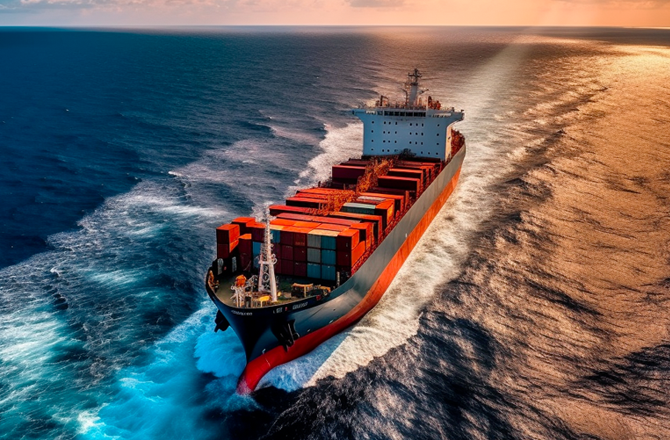Challenges
To enhance safety management capabilities, real-time monitoring of marine equipment status is vital. This includes the real-time transfer of CCTV data, telemetry, and remote control data from navigational aids, as well as AIS, VHF, and hydrological data. As a result, the secure and high-speed transfer of extensive marine data plays a pivotal role in enhancing the efficiency, safety, and reliability of marine security services.

Limitations of Marine Communication Networks
Apart from satellite communications, the communication technologies used to establish shore-based networks mainly include mobile communication systems and wireless metropolitan area networks. However, their coverage range is relatively limited compared to the vast sea areas. While marine radio can transfer over long distances, its speed is low and primarily suitable for voice transfer.

Real-time Transfer of Ocean Monitoring Data
Real-time monitoring of marine data is crucial to ensure services. This includes the transfer of video surveillance and other data from safety equipment. However, due to environmental conditions, it is inconvenient to deploy a large number of personnel for extended periods.

Lack of Reliable Data Transfer Guarantee
Marine communication networks primarily consist of coastlines, water surfaces, the sky, and underwater environments with users coming from different countries or regions. Unlike terrestrial networks, the marine network environment and user composition present unique challenges in terms of data transfer security.

Dynamically Changing Network
The entire marine communication network is dynamic and subject to constant change. The movement of vessels can lead to rapid changes in neighbor relationships, affecting network connectivity. Currently, there is no established system that supports direct data interconnection between nodes in the marine network.
Why Choose Raysync
High-speed and Auto Data Sync Across the Network
Stable Communication in Any Location
Secure Data Transfer
Stable and Reliable Transfer

Raysync transfer network covers land-based, airborne, marine, and island environments, as well as mobile vessels. Raysync supports accelerated data transfer across various marine networks, including marine radio, satellite, and mobile communication systems. With a bandwidth utilization rate of over 96%, it is 100 times faster than FTP/HTTP.
Intelligent Data Real-time SynchronizationRaysync supports intelligent recognition of data update status, which effectively avoids repeated file transfers, improves data synchronization efficiency, and reduces bandwidth costs.
Unlimited Amount of Transfer VolumeSupporting the transfer of massive data in the range of terabytes and beyond, Raysync ensures the integrity of marine data transfer between land-based systems, offshore platforms, islands, and mobile vessels.
